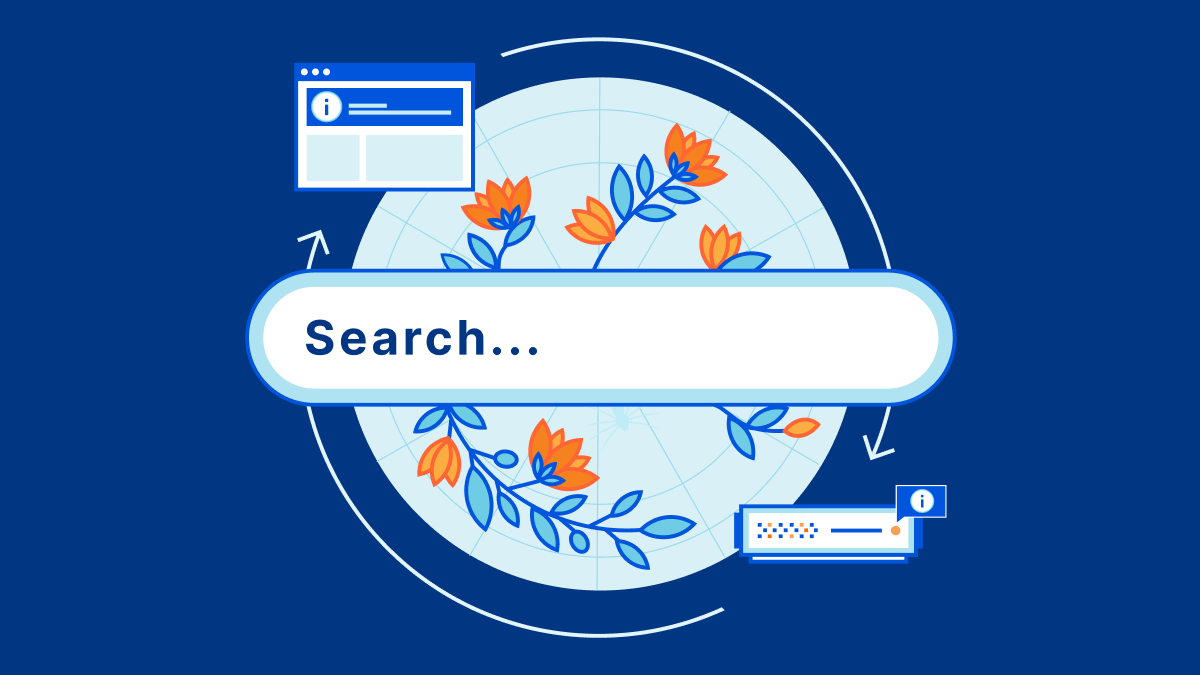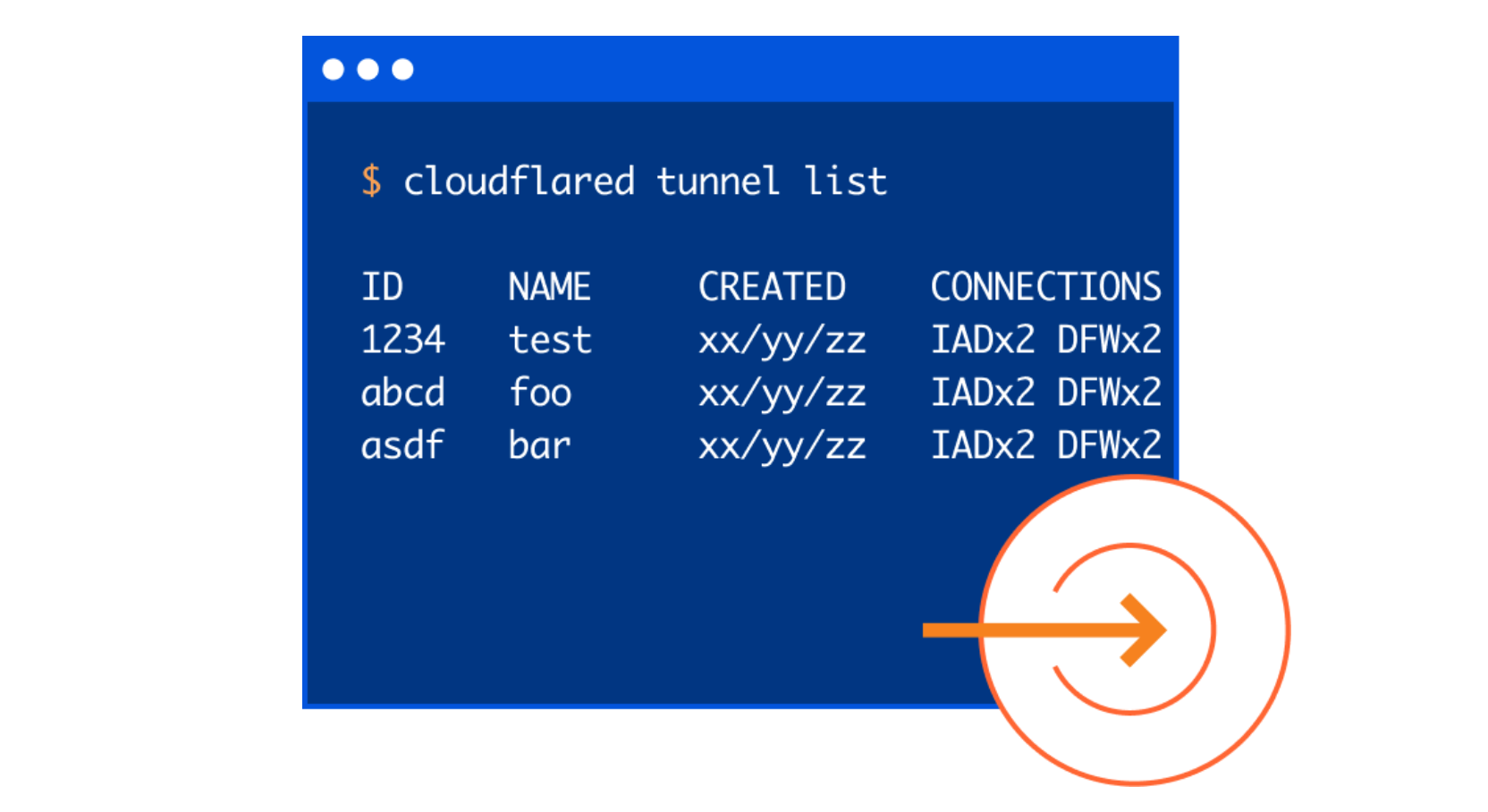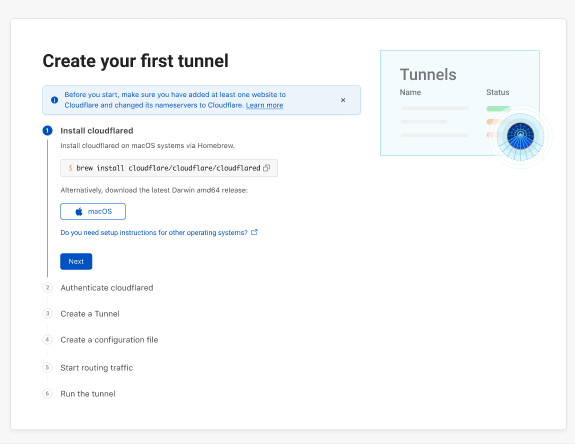Tech Bytes: What’s New With Palo Alto Networks Prisma SD-WAN 5.6 (Sponsored)
Today on Tech Bytes podcast we look at new features in Palo Alto Networks Prisma SASE and Prisma SD-WAN, including digital experience management for home and branch users, new Cloudblades, a new appliance, and enhanced AI Ops capabilities.
The post Tech Bytes: What’s New With Palo Alto Networks Prisma SD-WAN 5.6 (Sponsored) appeared first on Packet Pushers.
Tech Bytes: What’s New With Palo Alto Networks Prisma SD-WAN 5.6 (Sponsored)
Today on Tech Bytes podcast we look at new features in Palo Alto Networks Prisma SASE and Prisma SD-WAN, including digital experience management for home and branch users, new Cloudblades, a new appliance, and enhanced AI Ops capabilities.How to Break into a Cloud Engineering Career?
So, “How do you check the MAC address of the NIC in your favorite Linux distro?” was the question, which my mentee had failed to answer, and the interviewer had ended the conversation much earlier. Not a good sign. In fact, his problem wasn’t just the fact that he didn’t know the command, but he […]
The post How to Break into a Cloud Engineering Career? appeared first on Packet Pushers.
How Zero-Trust Can Mitigate Common Ransomware Risks
Implementing a zero-trust network architecture enables enterprises to box in a ransomware attack, limiting the extent to which a fraudster can commandeer data and resources.Crawler Hints Update: Cloudflare Supports IndexNow and Announces General Availability


In the midst of the hottest summer on record, Cloudflare held its first ever Impact Week. We announced a variety of products and initiatives that aim to make the Internet and our planet a better place, with a focus on environmental, social, and governance projects. Today, we’re excited to share an update on Crawler Hints, an initiative announced during Impact Week. Crawler Hints is a service that improves the operating efficiency of the approximately 45% of Internet traffic that comes from web crawlers and bots.
Crawler Hints achieves this efficiency improvement by ensuring that crawlers get information about what they’ve crawled previously and if it makes sense to crawl a website again.
Today we are excited to announce two updates for Crawler Hints:
- The first: Crawler Hints now supports IndexNow, a new protocol that allows websites to notify search engines whenever content on their website content is created, updated, or deleted. By collaborating with Microsoft and Yandex, Cloudflare can help improve the efficiency of their search engine infrastructure, customer origin servers, and the Internet at large.
- The second: Crawler Hints is now generally available to all Cloudflare customers for free. Customers can benefit from these more Continue reading
The Hidden Vampires of IT Ops That Obstruct Digital Transformation
The vampires of IT Ops lurk in your enterprise, cloaked in the status quo, striking down operational agility at every turn. If you want to successfully run and transform your business, you need to expose those vampires to the sunlight now.Today’s Scripts Are Tomorrow’s Technical Debt: Gluware LiveStream Video [5/8]
Michael Haugh, VP Of Product Marketing at Gluware, joins Greg Ferro of the Packet Pushers for a discussion of building a network automation system on top of a platform instead of DIY with Python, Ansible, etc. If Gluware might be a fit for your network automation needs, visit here. Thanks! You can subscribe to the […]
The post Today’s Scripts Are Tomorrow’s Technical Debt: Gluware LiveStream Video [5/8] appeared first on Packet Pushers.
Network Break 355: Azure Brags About DDoS Protection; Marvell Hitches Ride With Dent Network OS
Today on the Network Break, we discuss Marvell's choice of the Dent network OS for its Prestera silicon, Microsoft shares details about how its Azure cloud service thwarted a 2.4Tbps DDoS attack, a researcher shares details on snooping data from a copper patch lead, and other tech tidbits.
The post Network Break 355: Azure Brags About DDoS Protection; Marvell Hitches Ride With Dent Network OS appeared first on Packet Pushers.
Network Break 355: Azure Brags About DDoS Protection; Marvell Hitches Ride With Dent Network OS
Today on the Network Break, we discuss Marvell's choice of the Dent network OS for its Prestera silicon, Microsoft shares details about how its Azure cloud service thwarted a 2.4Tbps DDoS attack, a researcher shares details on snooping data from a copper patch lead, and other tech tidbits.BGP Flow Specification Version 2
The post BGP Flow Specification Version 2 appeared first on Noction.
Tunnel: Cloudflare’s Newest Homeowner

Cloudflare Tunnel connects your infrastructure to Cloudflare. Your team runs a lightweight connector in your environment, cloudflared, and services can reach Cloudflare and your audience through an outbound-only connection without the need for opening up holes in your firewall.

Whether the services are internal apps protected with Zero Trust policies, websites running in Kubernetes clusters in a public cloud environment, or a hobbyist project on a Raspberry Pi — Cloudflare Tunnel provides a stable, secure, and highly performant way to serve traffic.
Starting today, with our new UI in the Cloudflare for Teams Dashboard, users who deploy and manage Cloudflare Tunnel at scale now have easier visibility into their tunnels’ status, routes, uptime, connectors, cloudflared version, and much more. On the Teams Dashboard you will also find an interactive guide that walks you through setting up your first tunnel.
Getting Started with Tunnel

We wanted to start by making the tunnel onboarding process more transparent for users. We understand that not all users are intimately familiar with the command line nor are they deploying tunnel in an environment or OS they’re most comfortable with. To alleviate that burden, we designed a comprehensive onboarding guide with pathways for MacOS, Continue reading